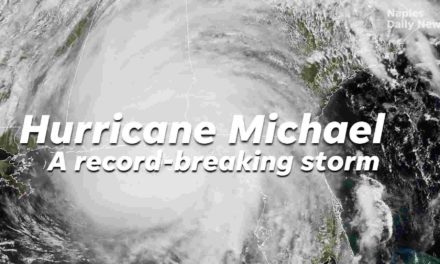Radio: An Introduction Podcast
Hi, I’m Caleb Jordan. At the time of recording, I’m the one and only Production Assistant at WKGC. While I don’t quite believe it, I am a professional only because I get paid to say words on-air and make stuff like this.
Radio waves, in their many uses, are everywhere around us. This technology made in the 1890s is still an integral component for modern inventions like Wi-Fi and cellular transmission. That’s all well and good, but exactly how does a signal travel through the air unnoticed until it hits a receiver and transforms into music or that meme on your cellphone?
That’s what we will cover in this series along with some technical details as we explore radio: as a broadcast medium, its history, and the industry overall through the example of WKGC, the public radio station at Gulf Coast State College in Panama City, FL. Started in early 1970s, WKGC has had both an AM and FM license to broadcast on. Currently the AM has become sold with primary focus being placed on 90.7 FM and HD. That’s right, HD Radio! But DO NOT get excited, that doesn’t stand for High Definition, it actually means Hybrid Digital.
You may ask “Now what does THAT mean?”. We will cover that in all its technical minutia once we have a grasp of how things got that complicated. For now, let’s take it back to the beginning of radio and how it became the largest broadcast medium of early 20th century.
The Birth of Radio: AM!
Radio in its infancy was driven by the goal of transmitting messages through the air without wires. This was pursued and achieved by the man credited as the inventor of radio; Guglielmo Marconi. The technical term for radio transmission was “Hertzian Radiation”! The first type of transmission equipment was the spark-gap transmitter which created radio waves by means of an electric spark; hence the name.
There were major limitations to spark-gap technology, though. It is capable of producing pulses of waves when switched on and off with a telegraph key to send messages via Morse code. It is not, however, capable of producing a continuous wave that can carry audio. So, no music, but that doesn’t mean it wasn’t use
d to great success. If it hadn’t, we probably would not be where we are today.
This desi
re for audio, for sound, to be transmitted instead of only Morse code drove the invention of AM. Now what exactly is AM? Amplitude Modulation! Now what does THAT mean? We start with a continuous sine wave and by changing (modulating) the signal strength (the amplitude) we can send a message signal over the air. And this is more than a simple on/off situation, this technology finally allowed the human voice to be sent to the masses.
That continuous wave that you change to carry your message is called the carrier signal. Carrier signals bring two benefits: to shorten the wavelength for more efficient transmission and reception, and allowing the simultaneous use of the same channel, called multiplexing. By limiting the range that a single station can use, it leave space for others to broadcast as well.
AM Radio is
the innovation by which FDR’s fireside chats and most popular music was enjoyed until the 70s. So why did AM get edged out by the now ubiquitous FM?
We’re cover that next along with formatting or what and why a station plays what it plays.
ABOUT THE AUTHOR
Caleb Jordan
Student Author - Fall 2019






